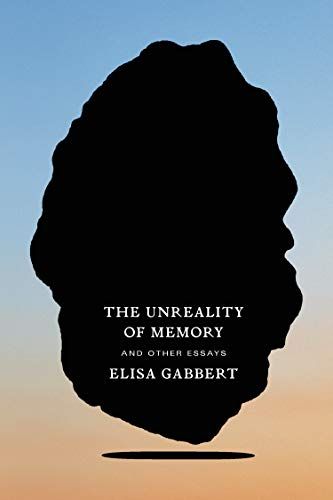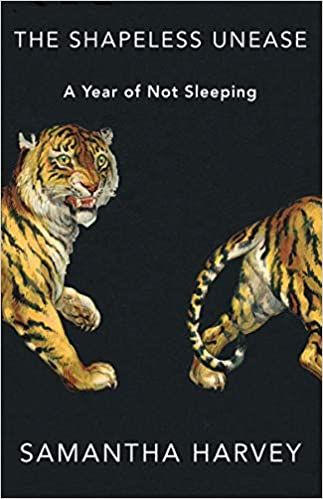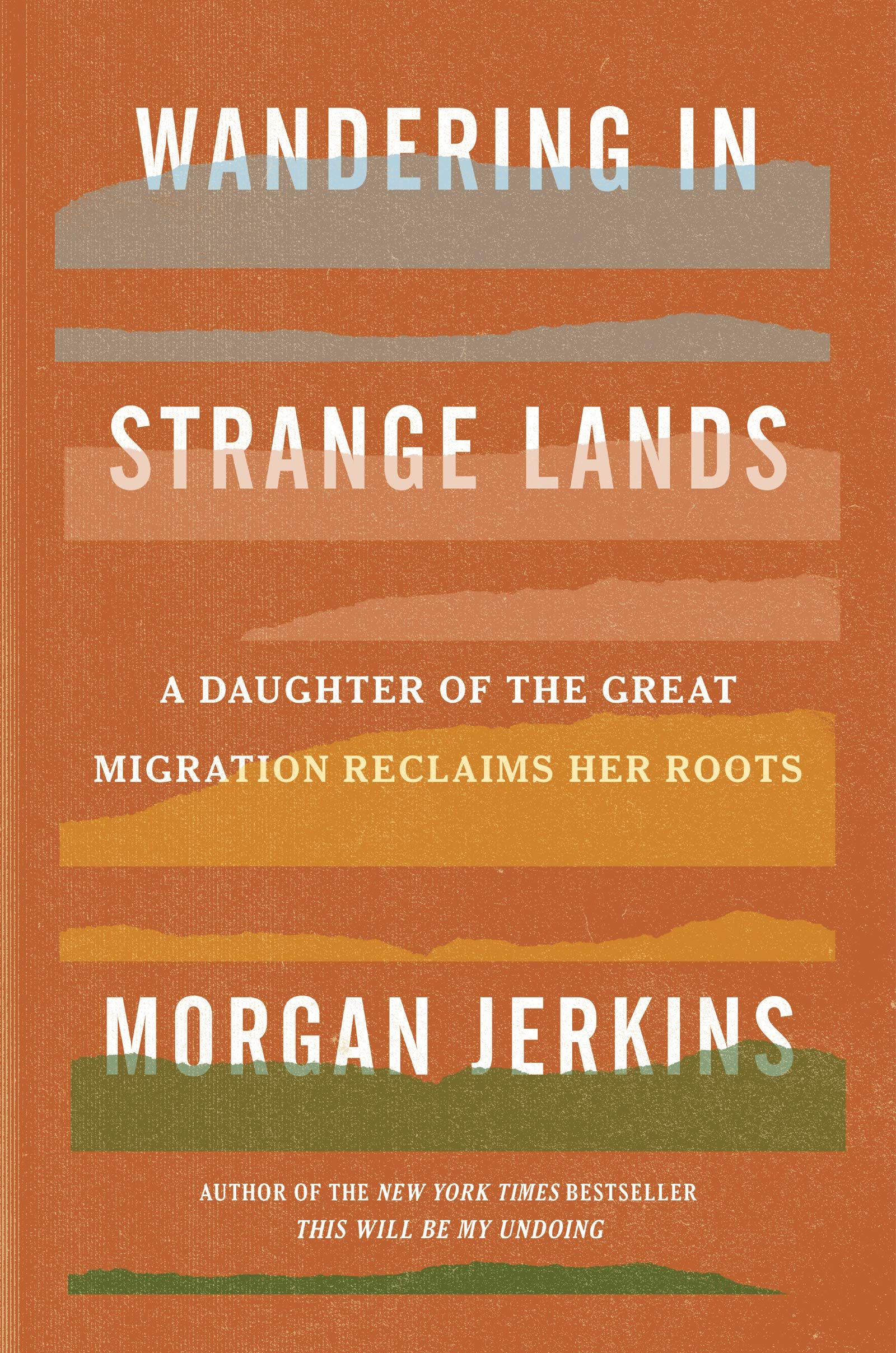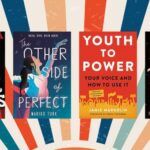
5 Great New Nonfiction Books to Help Understand Our Times
Readers have responded to the struggles and absurdities of 2020 in different ways: turning to escapist fiction, seeking out horror novels, hunting down informative nonfiction, deciding not to read at all. All of these responses, and others, are legitimate. Books are there for us, whenever we are ready for them.
For me, I’ve found comfort in memoirs and essay collections that speak to people’s personal experiences. With one exception—Zadie Smith’s new essay collection—the books below were written before 2020, but they all help illuminate what it’s like to be alive right now.
These are books about disasters, pain, and suffering, as experienced and understood by the writer. Some are about what it’s like to grow up Black in the U.S., helping us understand why we say Black Lives Matter. Some are about natural, technological, and personal disasters. All of them combine personal experience with insights into our historical moment. Any of them might make you feel less alone.

Intimations by Zadie Smith
Intimations is a short essay collection written during the early months of lockdown after COVID-19 hit New York City. They are initial impressions of how life is changing, but they feel deep and profound. In six pieces, Smith explores her own experiences and feelings and observes the world around her. She contemplates the nature of suffering and how we might develop empathy for the struggles of others, even the struggles that are hard for us to understand. One of the most moving pieces describes people she has encountered in daily life out on the streets. Left unstated, but hovering behind these vignettes, is the question of what will happen to those people, how they will survive. The essays are elegant, as Smith’s writing always is, and also questioning, thoughtful, warm, and so, so smart.

The Unreality of Memory by Elisa Gabbert
I loved Elisa Gabbert’s essay collection The Word Pretty, so I had confidence this would be good, and it is. It’s a fascinating look at disasters past and present, and, although written before the current pandemic, is eerily relevant. Even more than a book about disasters, it’s a book about how we think about them. Gabbert discusses the ways our minds make sense—or fail to make sense—of large-scale catastrophes like climate change and personal experiences like physical and emotional pain. She writes about the Titanic, Chernobyl, and the Challenger and Columbia shuttle crashes. She contemplates memory, hysteria, witch trials, compassion fatigue, and more. Gabbert is an intelligent, companionable, trustworthy guide through some of our worst personal and collective experiences.

The Names of All the Flowers by Melissa Valentine
The Names of All the Flowers tells the story of Melissa Valentine’s experiences growing up in Oakland. We learn early on that her beloved older brother, Junior, was shot and killed at the age of 19. The book backs up to describe the circumstances that led to this tragic event. Large and working class, the Valentine family struggles to get by on a landscaper’s and postal worker’s salary. The children are mixed-race, with a white father from Pennsylvania and a Black mother from Alabama. In Oakland, Junior struggles after a bullying incident that leaves him feeling powerless. Melissa begins to struggle as well. This powerful, engrossing story illuminates structural racism in the U.S., particularly the school-to-prison pipeline.
Wandering in Strange Lands: A Daughter of the Great Migration Reclaims Her Roots by Morgan Jerkins
Wandering in Strange Lands is memoir and history both. Morgan Jerkins tells the story of her family, including its roots in the south and their path to New Jersey where she was born. It also tells the story of the Great Migration and delves into the history of various Black communities in the south and west. Beginning in the Lowcountry of Georgia and South Carolina, Jerkins travels to Louisiana, Oklahoma, and Los Angeles, all the way searching for her own roots and learning about the richness of African American history. Her personal story is fascinating and the social history she shares is important for every American to grapple with.

The Shapeless Unease: A Year of Not Sleeping by Samantha Harvey
Many of us, I think, are not sleeping well these days. Samantha Harvey found herself suffering from severe insomnia back in 2016, partly as a result of Brexit, partly in response to personal troubles. She was unable to sleep at all many nights, and when she did sleep, it was badly and never enough. Nothing seemed to help, and she tried everything. This memoir is an account of her struggle: how the insomnia felt, how she tried to fix it, how others tried—and failed—to help. It also broadens out into a meditation on the mind, identity, memory, and suffering. She thinks about religion and the comforts some people find in God or Buddhist meditation. She explores writing, dreams, and the unconscious. The Shapeless Unease is a beautiful, contemplative, vital portrait of struggling through what feel like impossible circumstances.
Looking for more great nonfiction? Check out these round-ups of innovative and genre-bending works of nonfiction from 2020.











